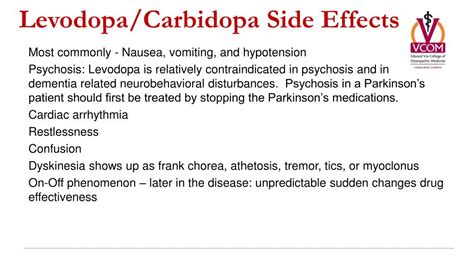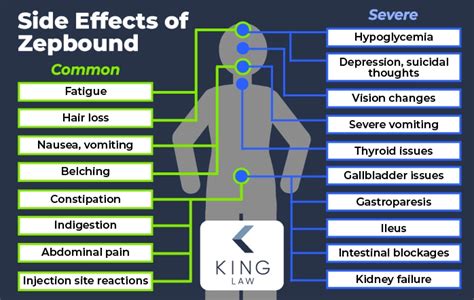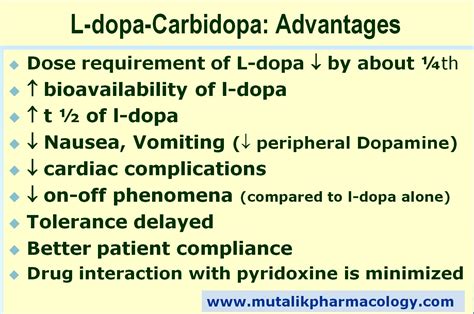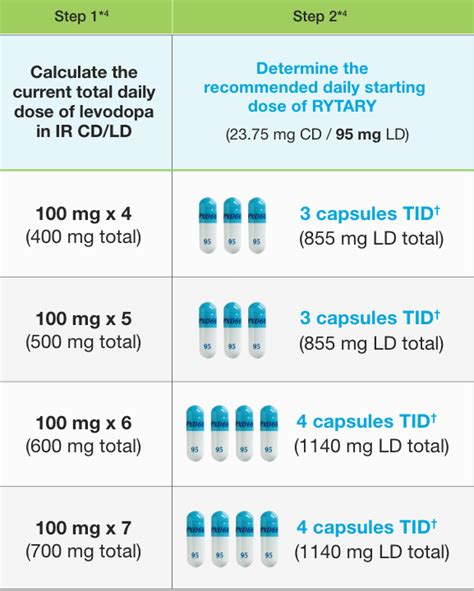Intro
Discover Carbidopa-Levodopa side effects, including nausea, dizziness, and dyskinesia. Learn about common and rare adverse effects, interactions, and management options for Parkinsons disease treatment.
The combination of carbidopa and levodopa is a widely used medication for the treatment of Parkinson's disease. This medication works by increasing the levels of dopamine in the brain, which helps to alleviate symptoms such as tremors, stiffness, and difficulty with movement. While carbidopa-levodopa is an effective treatment for Parkinson's disease, it can also cause a range of side effects. Understanding these side effects is essential for patients who are taking this medication, as well as for their healthcare providers.
Carbidopa-levodopa is a combination medication that consists of two active ingredients: carbidopa and levodopa. Carbidopa is a decarboxylase inhibitor, which means that it prevents the conversion of levodopa into dopamine outside of the brain. This allows more levodopa to cross the blood-brain barrier, where it can be converted into dopamine. Levodopa, on the other hand, is a precursor to dopamine, and it is converted into dopamine in the brain. By increasing the levels of dopamine in the brain, carbidopa-levodopa helps to alleviate the symptoms of Parkinson's disease.
The importance of understanding the side effects of carbidopa-levodopa cannot be overstated. While this medication is effective in treating Parkinson's disease, it can also cause a range of side effects that can impact a patient's quality of life. Some of these side effects can be mild and temporary, while others can be more severe and persistent. By understanding the potential side effects of carbidopa-levodopa, patients and healthcare providers can work together to minimize their impact and maximize the benefits of this medication.
Common Side Effects of Carbidopa-Levodopa

Less Common Side Effects of Carbidopa-Levodopa
Less common side effects of carbidopa-levodopa include hallucinations, confusion, and agitation. These side effects can be more serious and persistent, and they may require dose adjustments or other interventions. Other less common side effects of carbidopa-levodopa include orthostatic hypotension, which is a sudden drop in blood pressure that can cause dizziness or lightheadedness. Orthostatic hypotension can be managed with dose adjustments or other medications, but it can also be a sign of a more serious underlying condition.Severe Side Effects of Carbidopa-Levodopa

Managing Side Effects of Carbidopa-Levodopa
Managing the side effects of carbidopa-levodopa requires a comprehensive approach that involves dose adjustments, lifestyle modifications, and other interventions. Patients who are taking carbidopa-levodopa should work closely with their healthcare providers to monitor their side effects and adjust their treatment plans as needed. Some strategies for managing the side effects of carbidopa-levodopa include taking the medication with food to reduce nausea and vomiting, avoiding sudden changes in position to reduce the risk of orthostatic hypotension, and engaging in regular exercise to improve mobility and reduce the risk of falls.Benefits of Carbidopa-Levodopa

Working Mechanism of Carbidopa-Levodopa
The working mechanism of carbidopa-levodopa involves the inhibition of decarboxylase, which allows more levodopa to cross the blood-brain barrier. Once in the brain, levodopa is converted into dopamine, which helps to alleviate the symptoms of Parkinson's disease. The combination of carbidopa and levodopa is more effective than levodopa alone, as it allows more levodopa to reach the brain and be converted into dopamine.Steps to Take Carbidopa-Levodopa

Practical Examples of Carbidopa-Levodopa
Practical examples of carbidopa-levodopa include its use in the treatment of Parkinson's disease, as well as its use in the management of other conditions such as restless leg syndrome. Carbidopa-levodopa can also be used in combination with other medications to enhance its effectiveness and reduce its side effects.Statistical Data on Carbidopa-Levodopa

Conclusion and Future Directions
In conclusion, carbidopa-levodopa is a highly effective treatment for Parkinson's disease, but it can also cause a range of side effects. By understanding the potential side effects of carbidopa-levodopa and working closely with healthcare providers, patients can maximize the benefits of this medication while minimizing its side effects. Future directions for research on carbidopa-levodopa include the development of new formulations and delivery systems, as well as the investigation of its potential uses in the treatment of other conditions.What is carbidopa-levodopa used for?
+Carbidopa-levodopa is used to treat Parkinson's disease and other conditions such as restless leg syndrome.
What are the common side effects of carbidopa-levodopa?
+The common side effects of carbidopa-levodopa include nausea, vomiting, dizziness, lightheadedness, and headache.
How does carbidopa-levodopa work?
+Carbidopa-levodopa works by inhibiting decarboxylase, which allows more levodopa to cross the blood-brain barrier and be converted into dopamine.
We hope this article has provided you with a comprehensive understanding of carbidopa-levodopa and its side effects. If you have any further questions or concerns, please do not hesitate to reach out to your healthcare provider. Additionally, we invite you to share your experiences and thoughts on carbidopa-levodopa in the comments section below. By sharing your knowledge and experiences, you can help others who are taking this medication to better understand its benefits and risks.
